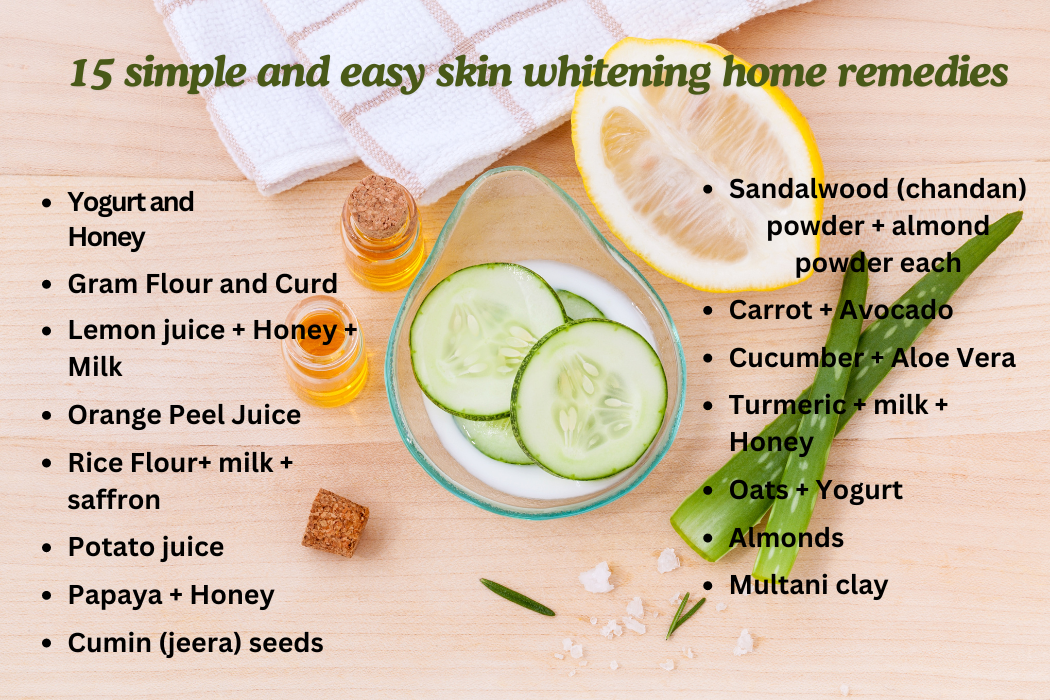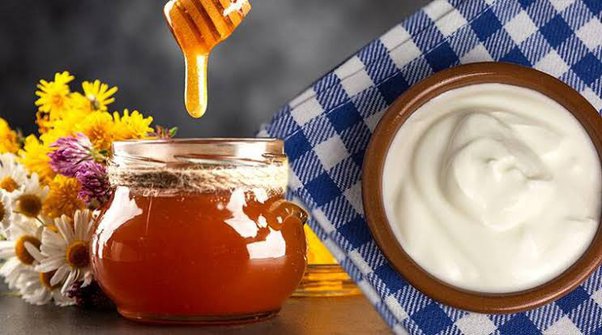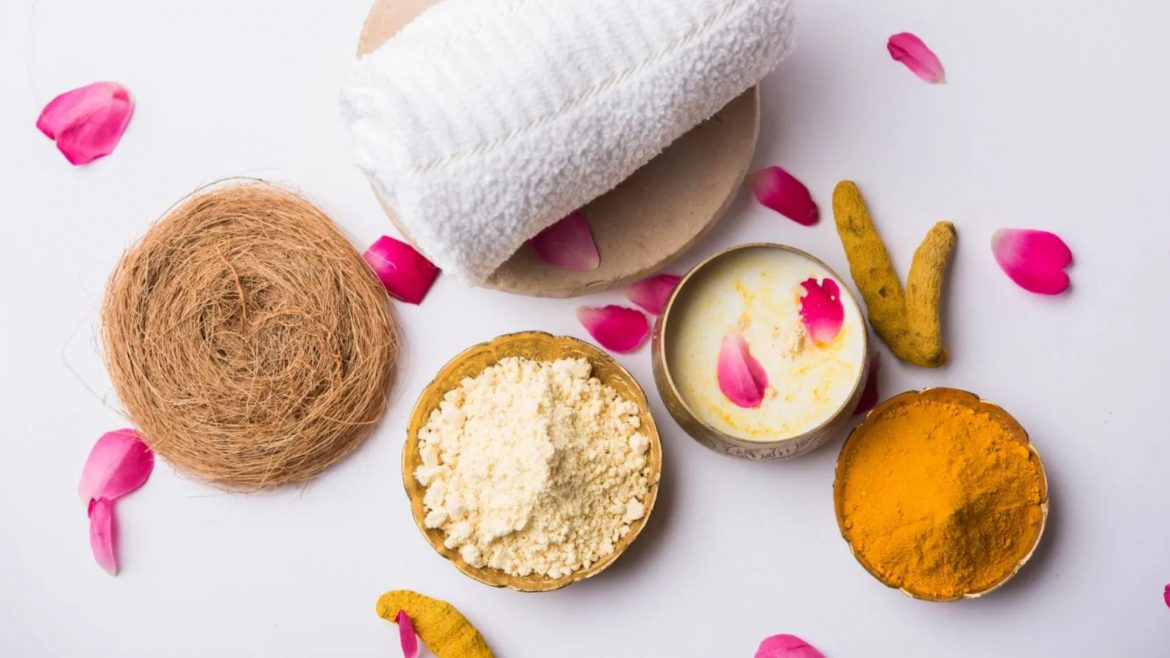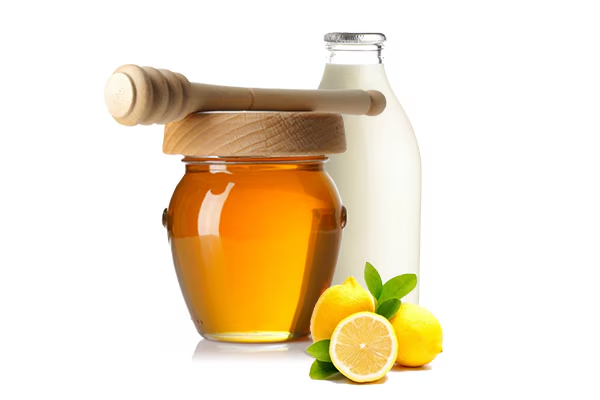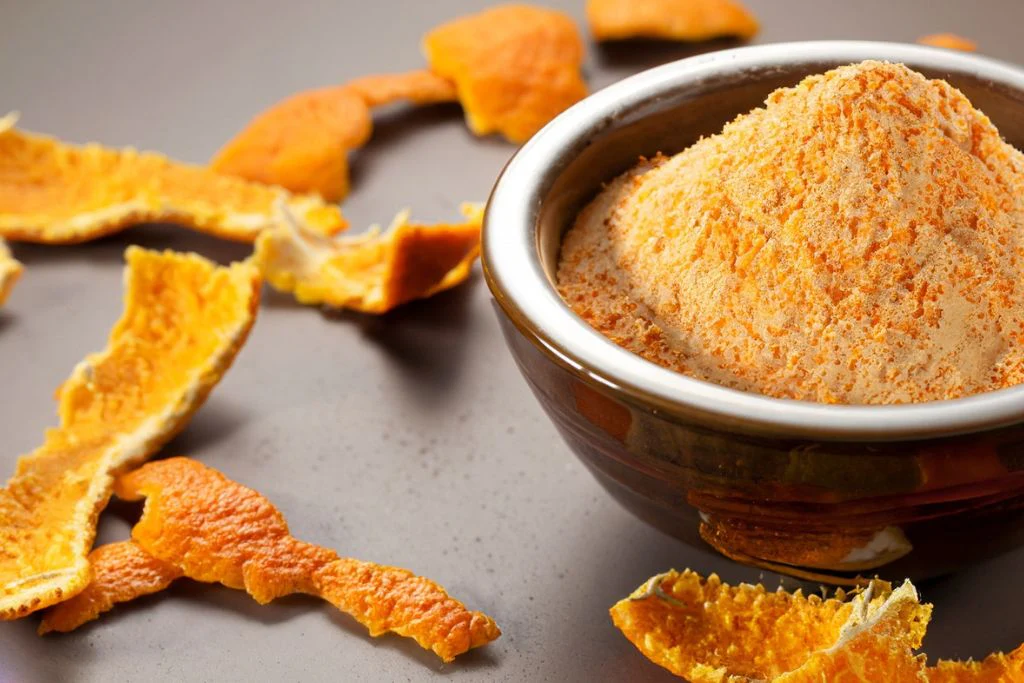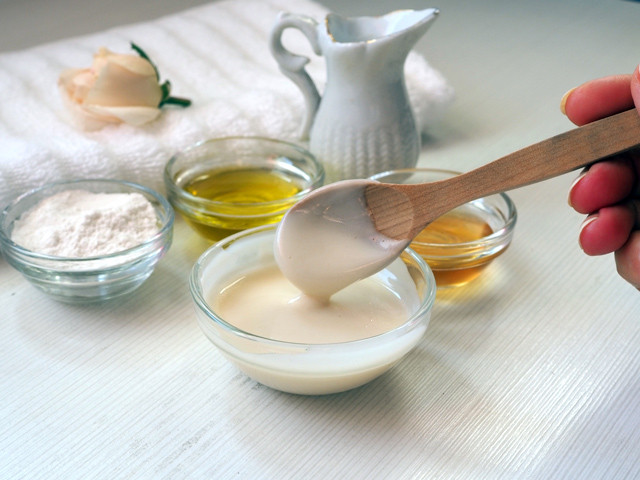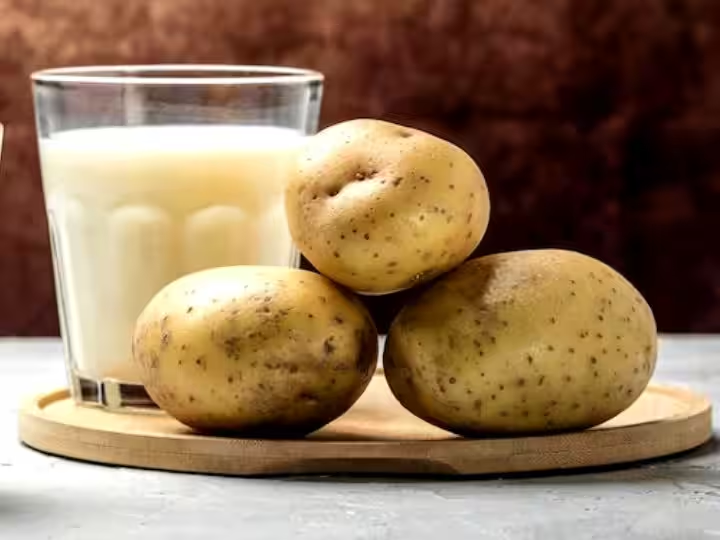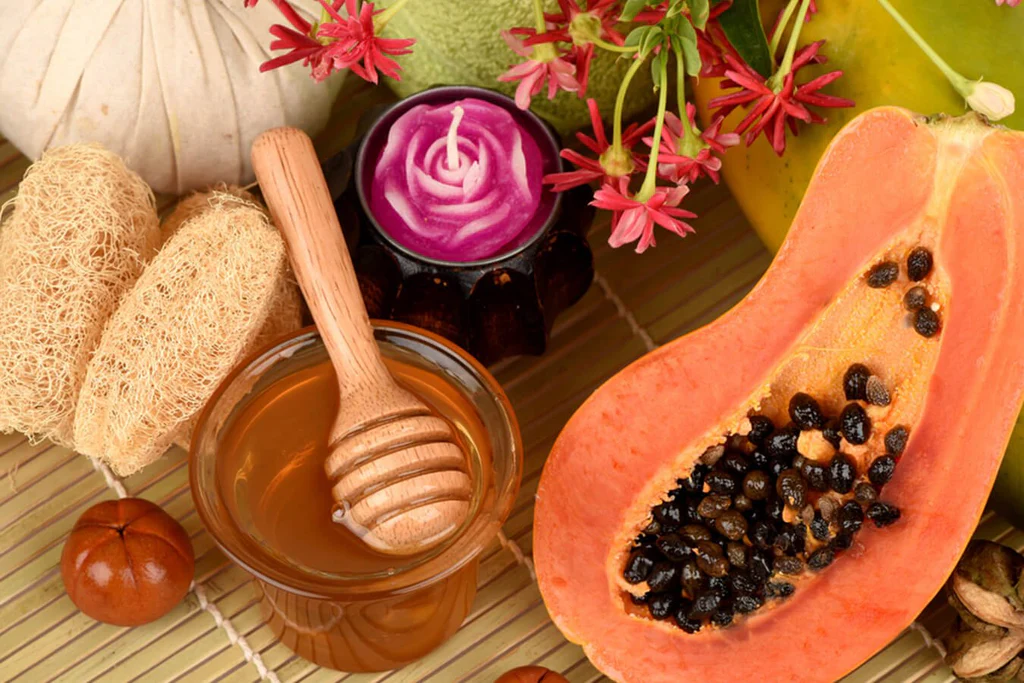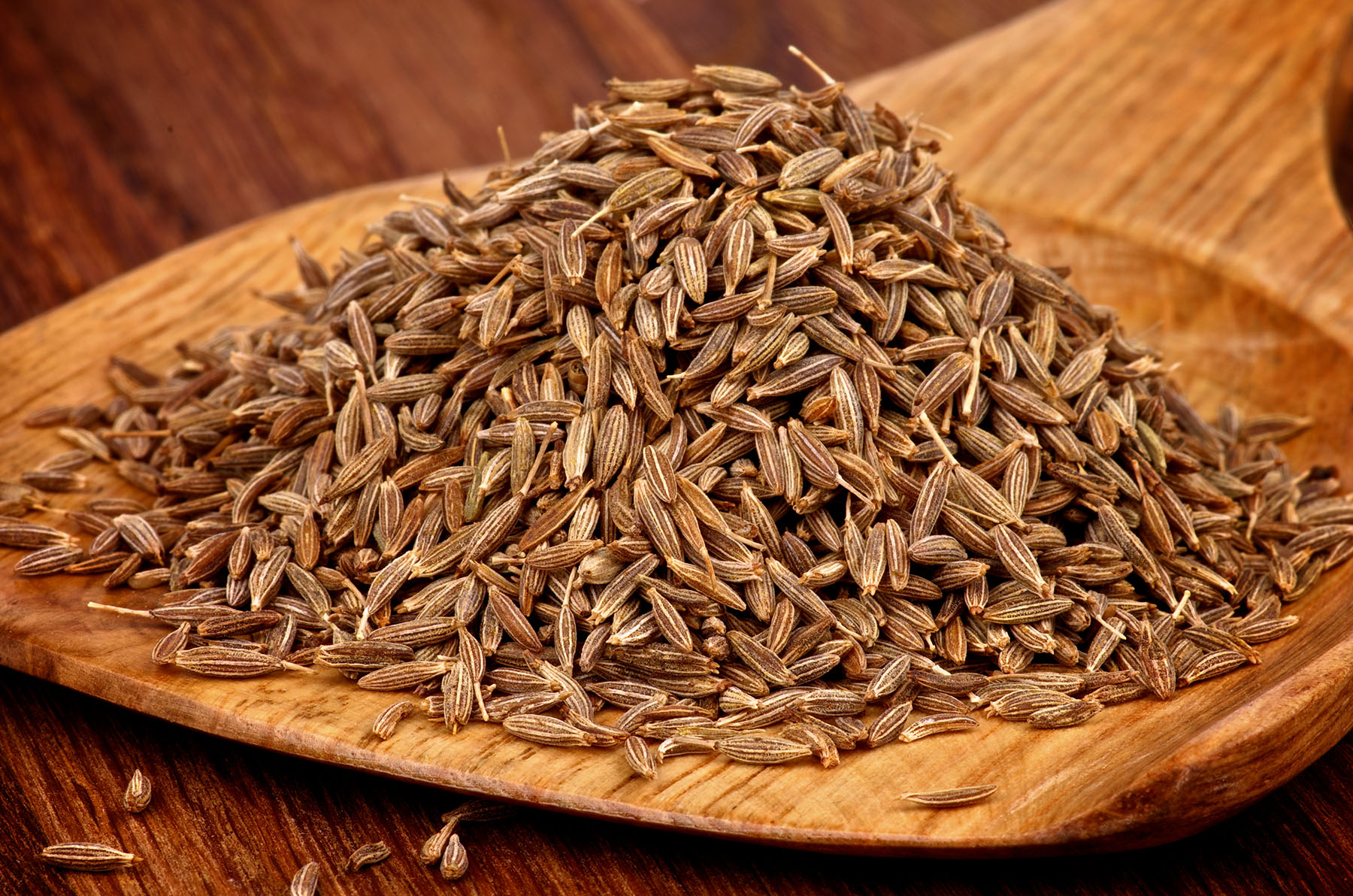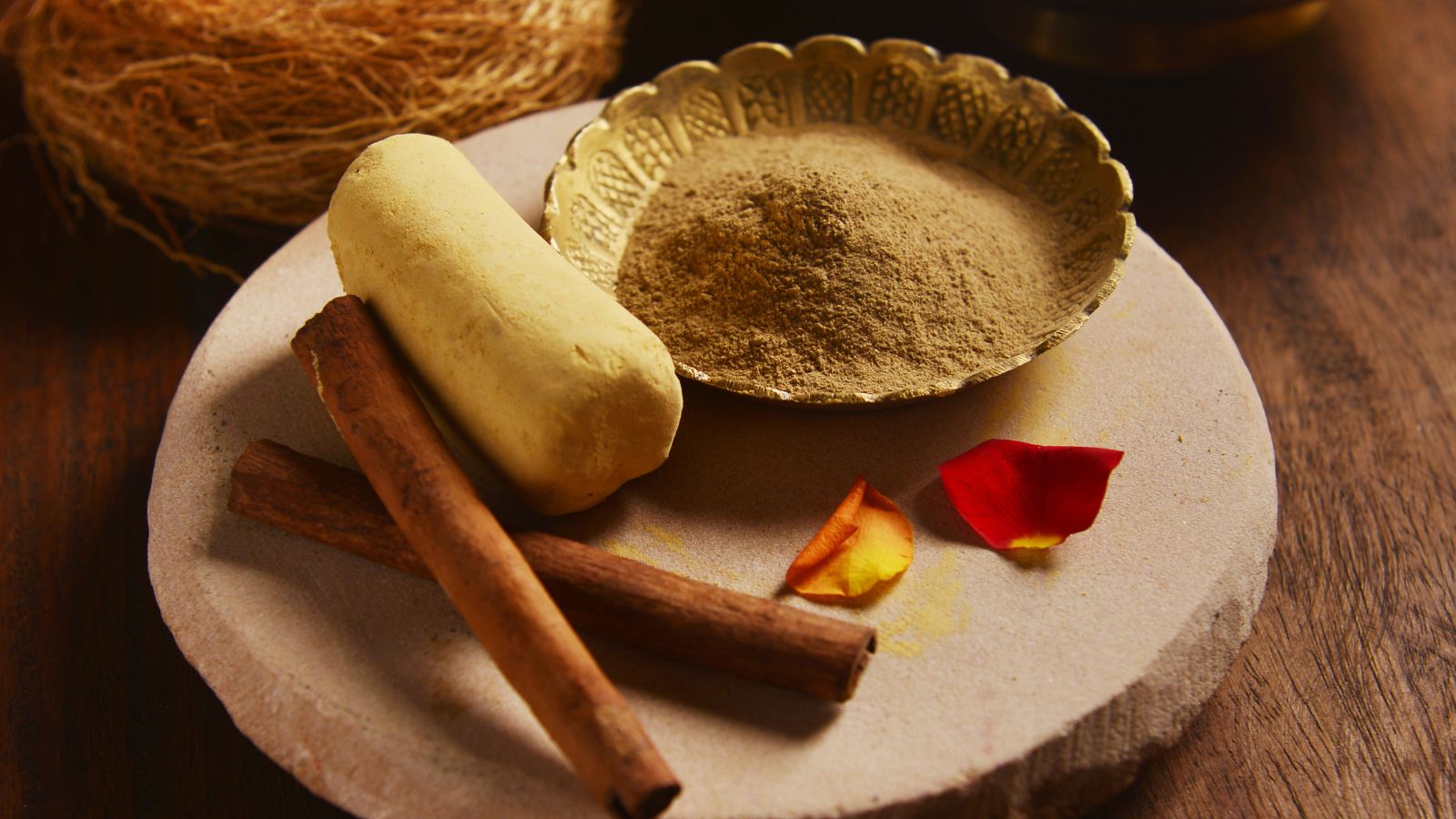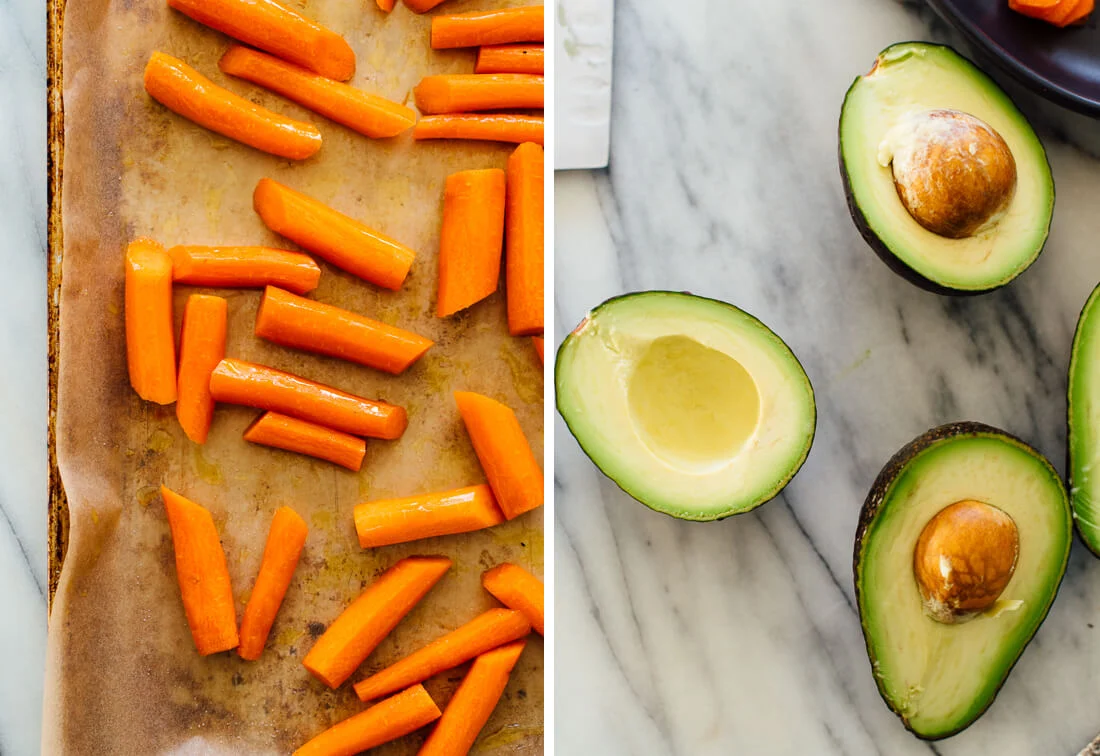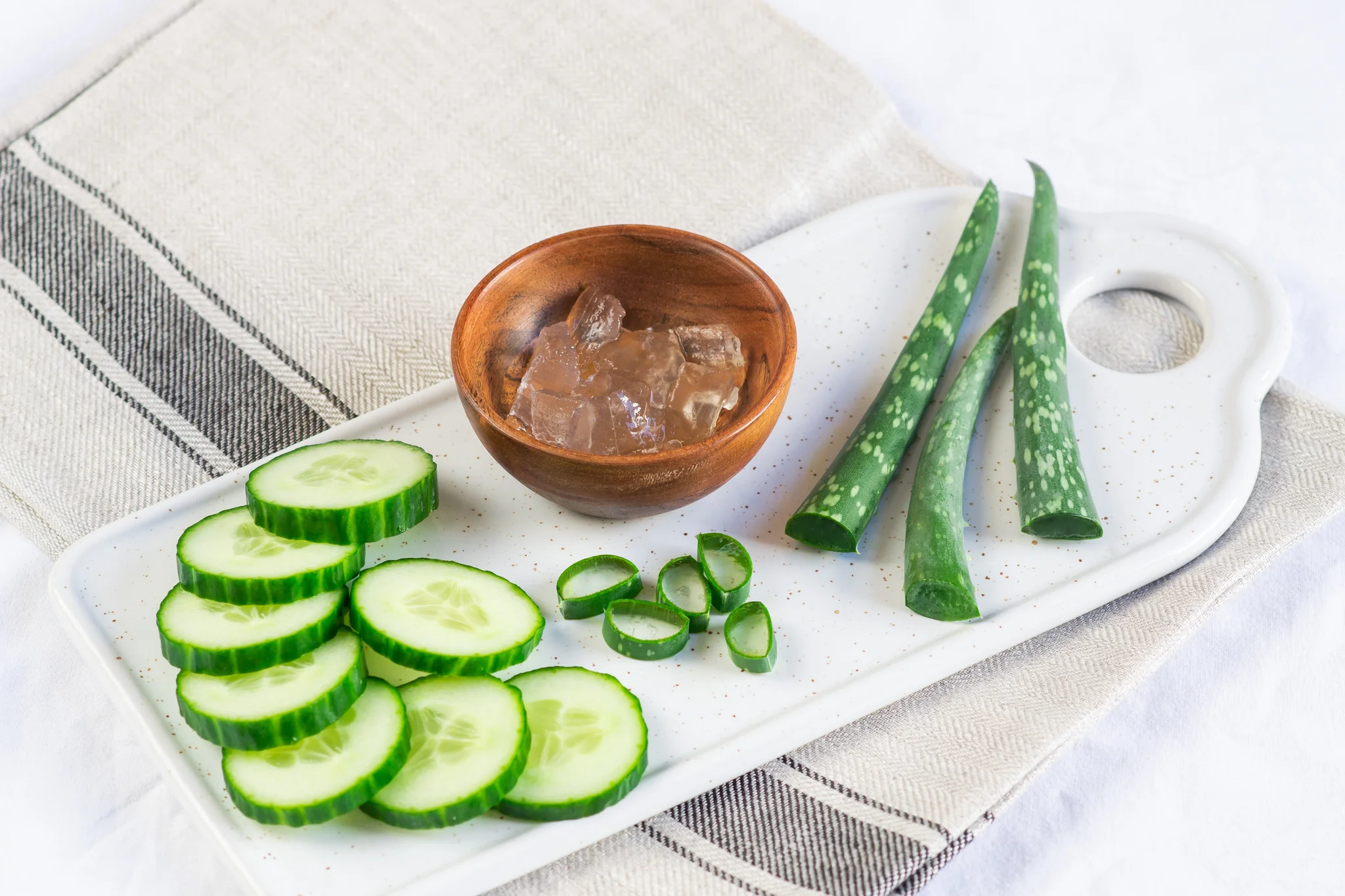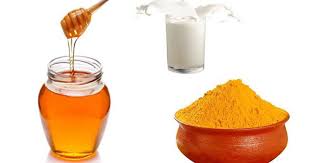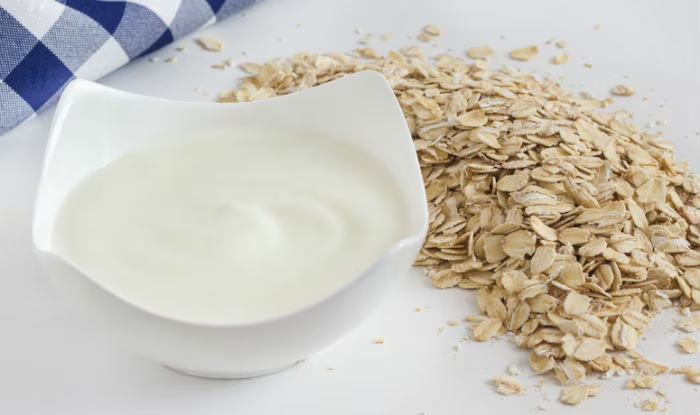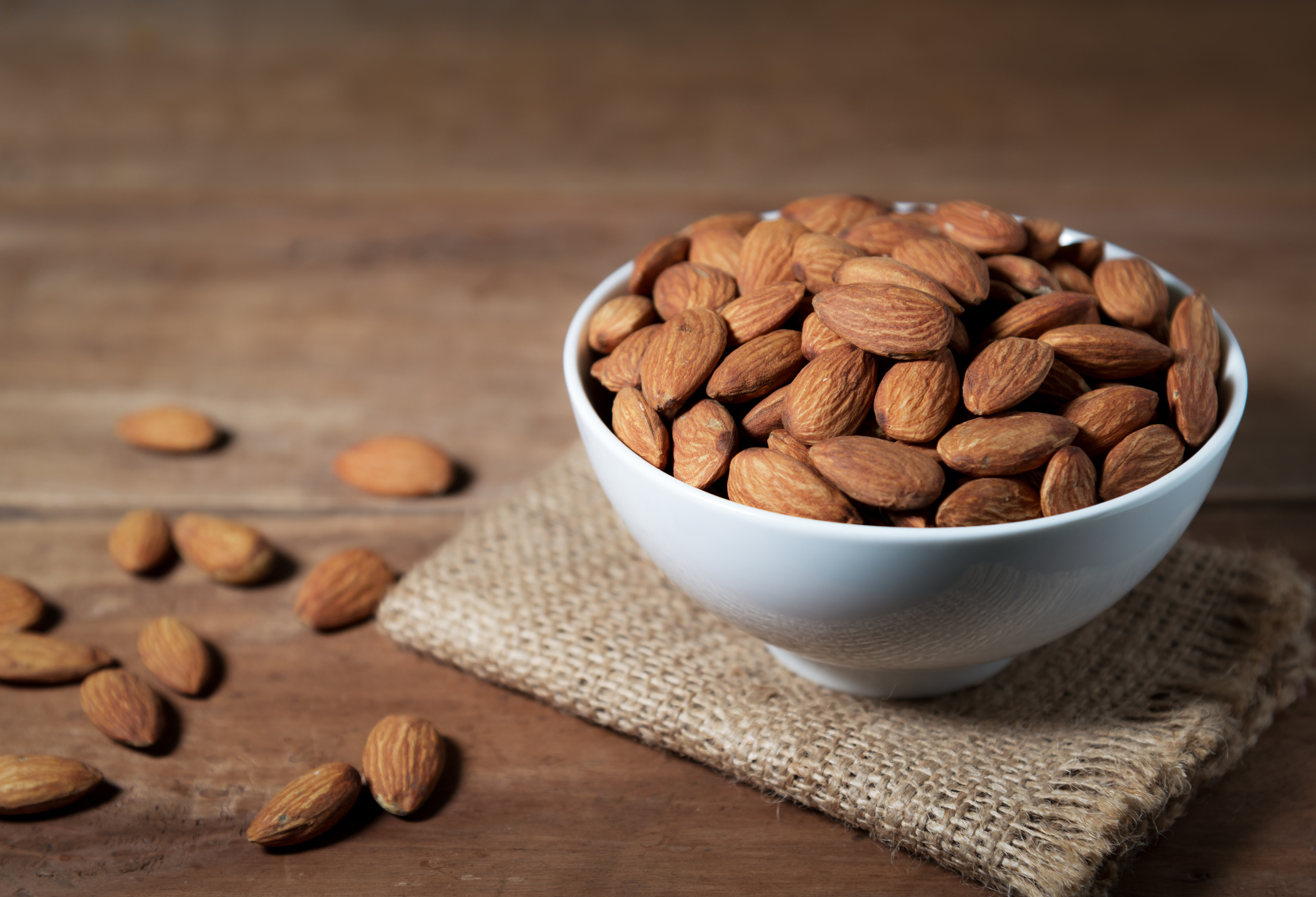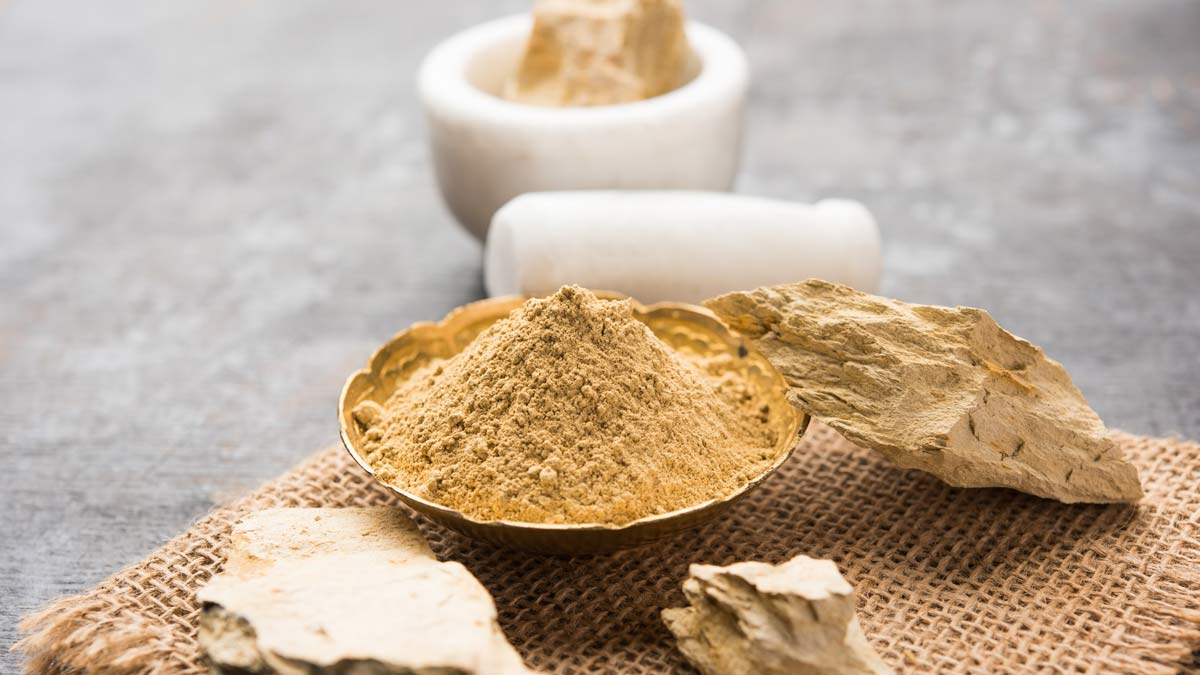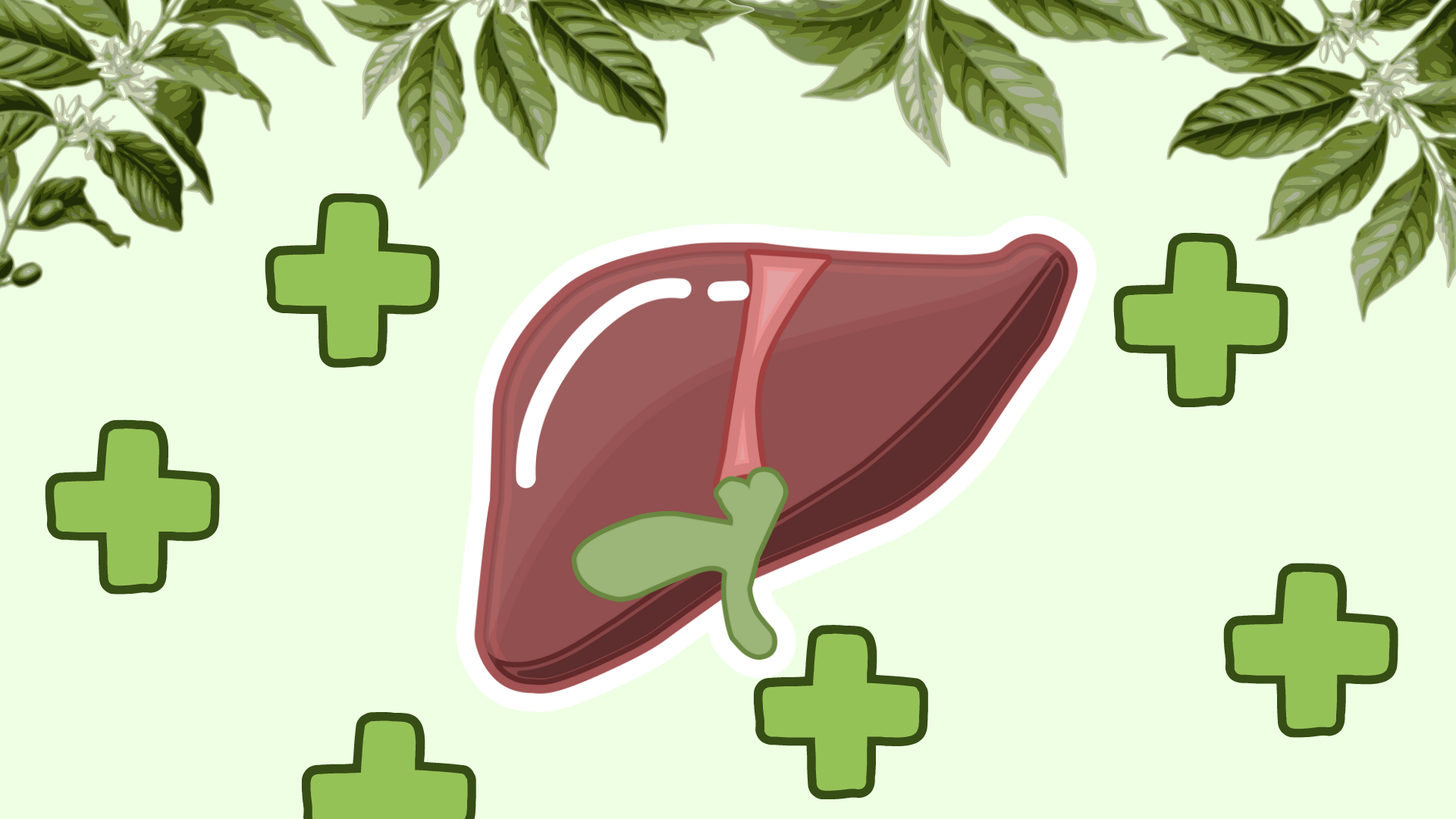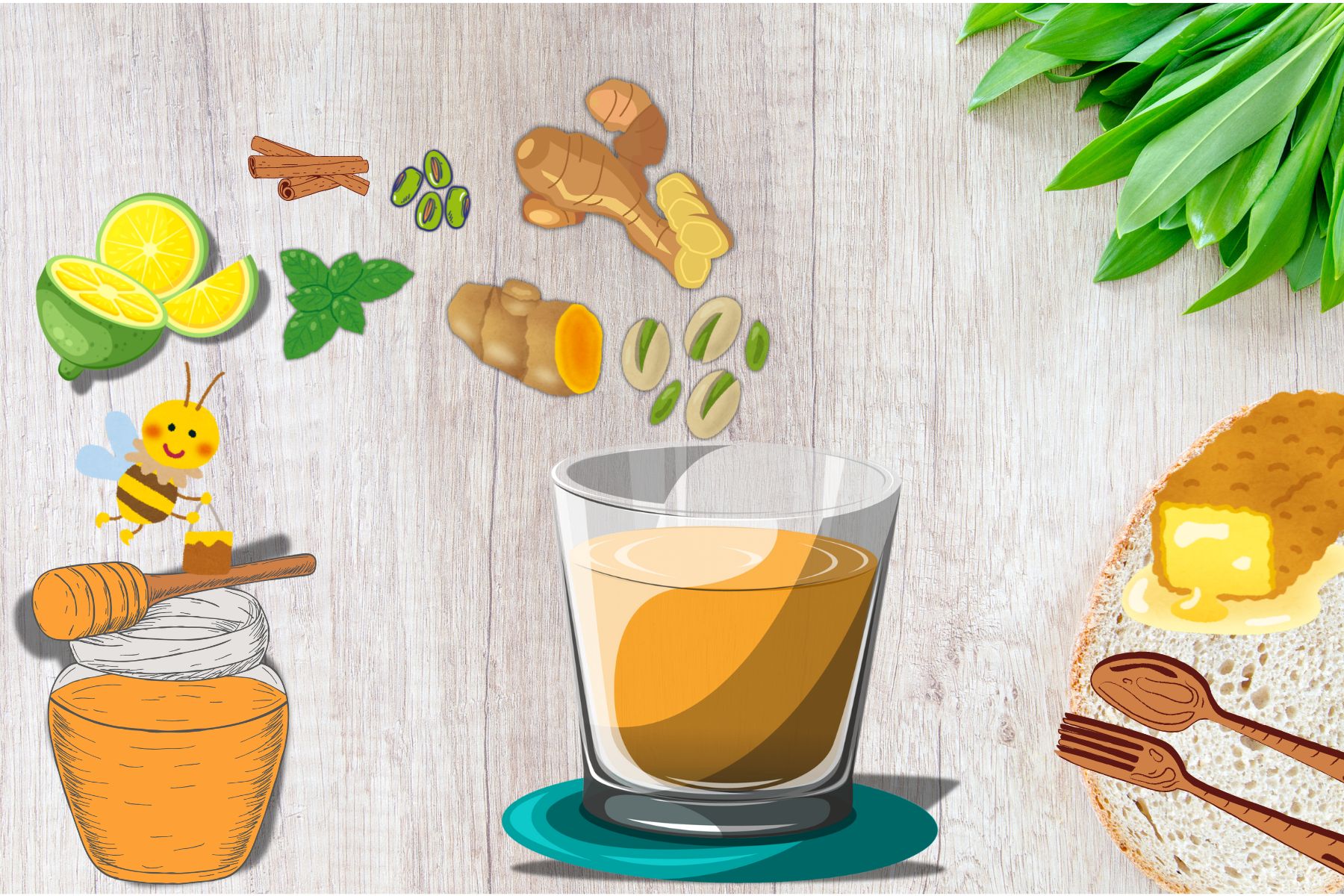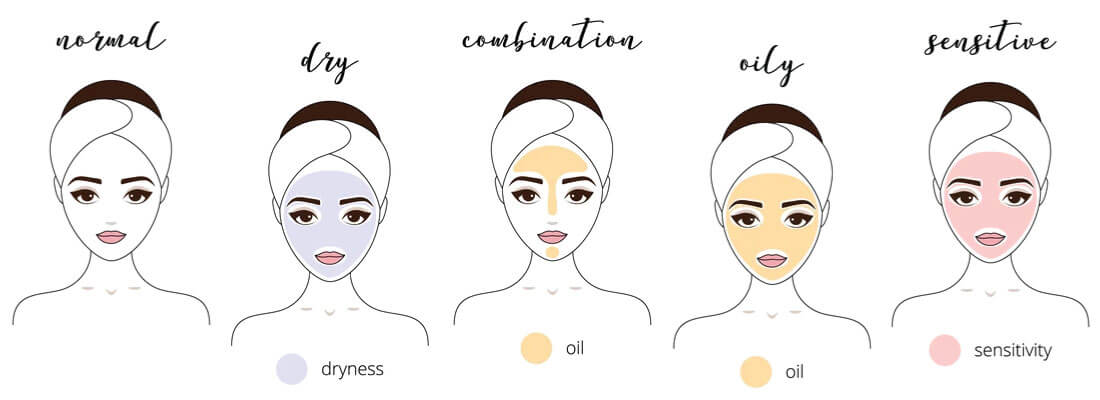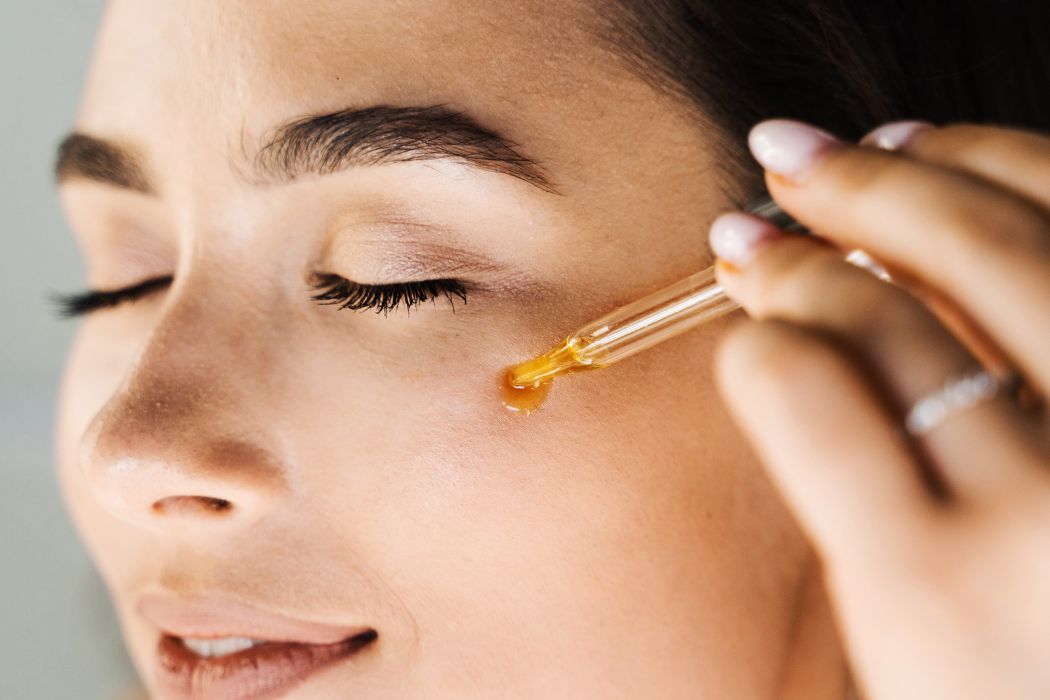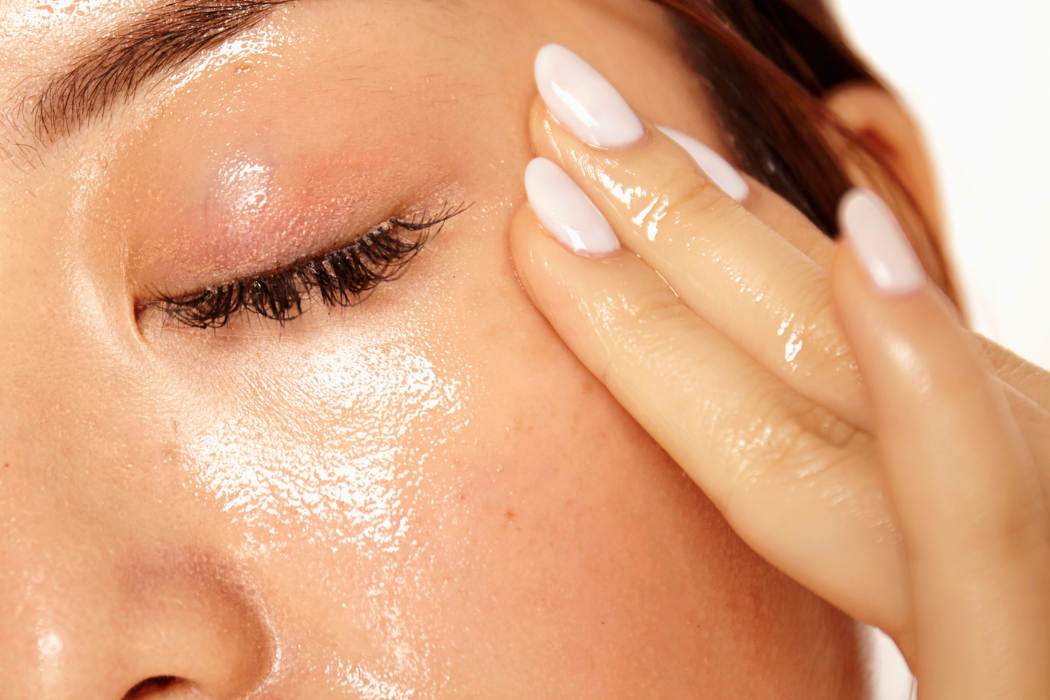Choosing the right kitchen cabinet colors can transform the entire look of your space. Timeless all-white or bold and beautiful? The kitchen cabinet debate rages on. We believe colorful cabinets are making a strong comeback, and we’re here to help you find the perfect shade to transform your space.
From the retro charm of avocado green to the timeless elegance of blue and white, kitchen design has evolved dramatically. Today’s kitchens boast a stunning palette, ranging from soothing mint and deep forest hues to cheerful yellows and bold reds. Our curated collection showcases the best in kitchen color schemes, offering inspiration for your next culinary space. When updating your kitchen, consider experimenting with different kitchen cabinet colors.
Unready to commit to a full cabinet overhaul? Make a bold statement by painting just your kitchen island. Feeling adventurous? Transform your kitchen floor with a coat of paint. For a simpler update, consider a vibrant tile backsplash, eye-catching wallpaper, or illuminate your space with stylish lighting. And don’t forget the power of personal touches—display your favorite vintage finds for a unique kitchen character. Ultimately, it’s your kitchen, so have fun experimenting with color and style to create a space you adore.
Contents
Why Are Kitchen Cabinet Colors Important?
Kitchen cabinet colors are the cornerstone of kitchen design. They set the overall tone, influence the mood, and significantly impact the visual appeal of the space. The right color choice can make a kitchen feel warm and inviting, modern and sleek, or classic and timeless. Additionally, cabinet color plays a crucial role in determining how large or small a kitchen appears, as well as how well it complements other design elements like countertops, backsplashes, and appliances.
Also Read About Right Countertops for Your Kitchen Renovation
Choosing the Right Shade for Your Kitchen Cabinet
Tannish Gray

Tannish gray offers a warm and inviting alternative to traditional gray cabinets. It bridges the gap between cool neutrals and warm tones, creating a sophisticated and timeless atmosphere. This versatile color complements a wide range of countertop materials, from crisp white quartz to rich marble. Whether you prefer a modern or classic kitchen style, tannish gray cabinets can serve as a beautiful and enduring backdrop for your culinary space.
Deep Gray-Green

The latest trends in kitchen cabinet colors include shades of blue and green. Deep gray-green cabinets offer a sophisticated and timeless look. This color evokes a sense of calm and nature, creating a serene kitchen atmosphere. It pairs beautifully with both warm and cool tones, making it a versatile choice. While it can appear dark, it can also add depth and character to a space. To prevent the kitchen from feeling too gloomy, consider incorporating plenty of natural light or balancing the deep hue with lighter accents on countertops, backsplashes, and hardware.
Soft Olive Green

Soft olive green kitchen cabinets evoke a sense of tranquility and warmth. This versatile hue brings a touch of nature indoors, creating a serene and inviting atmosphere. Its subtle depth complements both modern and traditional kitchen styles. Pair it with white or light gray countertops for a clean, contemporary look, or introduce wooden accents for a rustic charm. Soft olive green is an excellent choice for those seeking a kitchen space that is both stylish and relaxing. Neutral kitchen cabinet colors are perfect for creating a timeless and elegant kitchen.
Crisp White

Crisp white kitchen cabinets are a timeless classic that exudes purity and elegance. This shade is a versatile choice that complements a wide range of design styles, from modern minimalist to traditional country. Its clean, bright appearance can make a kitchen feel larger and more inviting. Crisp white cabinets create a perfect canvas for showcasing colorful accents, whether it’s through bold backsplashes, vibrant countertops, or warm wooden elements. This neutral hue also allows for easy updates as trends evolve, making it a durable and stylish option for any homeowner. Light kitchen cabinet colors can make a small kitchen appear larger and more open.
Moody Blue

Moody Blue cabinets infuse your kitchen with a sophisticated and dramatic ambiance. This deep, rich hue exudes a sense of luxury and modernity. Perfect for those seeking a bold statement, moody blue pairs beautifully with contrasting materials like white marble countertops or warm wood accents. Consider incorporating brass hardware to add a touch of opulence. However, be mindful that this color can make a space feel smaller, so it’s ideal for kitchens with ample natural light. Dark kitchen cabinet colors add a touch of sophistication and luxury to any kitchen.
Light Lavender

Light lavender kitchen cabinets offer a serene and airy ambiance. This soft, muted hue evokes feelings of calm and tranquility, making it an ideal choice for those seeking a relaxing kitchen environment. Its versatility allows it to complement a variety of countertop and backsplash options, from crisp white to warm neutrals. Light lavender pairs beautifully with natural elements like wood and greenery, creating a harmonious and inviting space. While it’s a softer option, it can still make a statement when paired with bold accents or metallic hardware.
Matte Black
Matte black kitchen cabinets exude a modern, sophisticated allure. This timeless color choice creates a striking contrast against lighter countertops and backsplashes, making them a focal point of the room. The matte finish adds depth and texture, lending a warm, inviting feel to the space. While bold, matte black cabinets can be surprisingly versatile, complementing both minimalist and industrial-inspired kitchen designs. However, it’s essential to balance this strong color with lighter elements to prevent the kitchen from feeling too dark or overwhelming.
Vintage Pink

Vintage pink kitchen cabinets exude a timeless charm, evoking a sense of nostalgia and warmth. A softer, muted shade of pink, it complements both modern and traditional kitchen styles. This color choice creates a serene and inviting atmosphere, perfect for those seeking a touch of romance and elegance in their heart of the home. Pair vintage pink cabinets with brass or gold hardware, white marble countertops, and natural wood accents for a truly sophisticated look.

Navy and dark blue kitchen cabinets exude a timeless elegance and sophistication. These hues create a dramatic focal point while adding depth and character to the space. Whether you opt for a classic navy or a deeper, almost black blue, these colors offer a versatile backdrop that complements various design styles. They can evoke a sense of coastal charm when paired with whites and natural textures, or create a modern, moody atmosphere with darker countertops and metallic accents.
Walnut Cabinets

Walnut cabinets exude a timeless elegance with their rich, dark tones and intricate grain patterns. This warm, natural wood brings a sense of sophistication and coziness to any kitchen. Whether you prefer a traditional or contemporary style, walnut cabinets offer versatility, pairing beautifully with both light and dark color palettes. Their durability and rich character make them a popular choice for homeowners seeking a kitchen that is as functional as it is stylish.
Warm White

Warm white kitchen cabinets infuse a space with timeless elegance and a touch of cozy warmth. This shade strikes the perfect balance between crisp and inviting, creating a kitchen that feels both modern and classic. Its subtle undertones of cream or beige soften the starkness of pure white, making it a versatile choice for various kitchen styles. Whether you prefer a minimalist aesthetic or a traditional farmhouse look, warm white cabinets can serve as a beautiful backdrop for your culinary space.
Beige

Beige kitchen cabinets offer a timeless and versatile appeal. This neutral hue creates a warm, inviting atmosphere while providing a perfect backdrop for various countertop and backsplash options. From creamy whites to rich caramels, beige cabinets can adapt to both modern and traditional kitchen styles. Lighter beiges can open up small spaces, while deeper tones add depth and sophistication to larger kitchens. However, be mindful of selecting a beige shade that complements your overall color scheme, as an off-putting beige can make the kitchen feel dull.
Peach

A softer alternative to orange, peach infuses your kitchen with warmth and a gentle glow. It pairs beautifully with white or gray countertops, creating a serene and inviting atmosphere. For a bolder look, consider peach cabinets with black hardware and accents. Remember, the undertone of your peach is crucial; a pink-toned peach can appear feminine, while a yellow-toned peach offers a more cheerful vibe.
Light Aqua

Light aqua kitchen cabinets infuse a refreshing and airy ambiance into your culinary space. This cheerful hue, a delicate balance of blue and green, belongs to the cooler end of the kitchen cabinet colors spectrum. It effortlessly brightens smaller kitchens while adding a touch of coastal charm to any style. Pair it with white countertops and backsplash for a clean, classic look, or introduce contrasting elements like wood accents for a warmer feel. Light aqua cabinets create a serene and inviting atmosphere, making meal prep a delightful experience.
Mustard Yellow

Mustard yellow is a kitchen cabinet colors that exudes warmth and cheerfulness. Its vibrant hue can transform a kitchen into a sunny and inviting space. For a bold statement, opt for mustard yellow cabinets as the focal point of the room. Pair them with neutral countertops and backsplashes to let the color shine. Alternatively, use mustard yellow as an accent color through cabinetry doors or open shelving for a subtle yet impactful touch. Consider the overall style of your kitchen when choosing the perfect shade of mustard yellow, as there are various tones to suit different aesthetics.
FAQ
1. Are colored kitchen cabinets currently trendy?
Yes, colored kitchen cabinets are definitely trending. While white cabinets remain a classic choice, there’s a growing preference for bolder hues. Deep blues, earthy greens, and even dramatic blacks are making a strong statement. People are embracing color to create more personality and warmth in their kitchens. Two-tone cabinets, combining different colors, are also gaining popularity.
2. What color cabinets look best?
Selecting the perfect kitchen cabinet colors is a personal journey influenced by individual taste and overall kitchen design. While there’s no one-size-fits-all answer, timeless options like soft whites, light grays, and warm neutrals offer versatility and elegance. These classic kitchen cabinet colors provide a beautiful foundation for experimenting with diverse design elements and accent colors. Ultimately, the best choice is a color palette that harmonizes with your kitchen’s features, creates a welcoming atmosphere, and reflects your unique style.
3. How do I choose kitchen cabinet color?
Selecting the perfect kitchen cabinet color involves careful consideration. Begin by analyzing your kitchen’s existing elements such as countertops, flooring, and wall color to choose a complementary hue. Consider the desired atmosphere and style for your kitchen; light colors create an open feel, while darker tones add depth. Additionally, factor in personal preference and kitchen size, as lighter cabinets can make small spaces appear larger, and darker cabinets can create a cozy ambiance in larger areas. Always test cabinet samples in your kitchen’s lighting before making a final decision.
4. What is the most popular cabinet style for 2024?
Shaker cabinet doors remain a top choice for 2024 kitchens, offering a classic canvas for exploring a wide range of kitchen cabinet colors. Their clean lines and versatile style make them a perfect backdrop for both bold and subtle color palettes. Finding the perfect kitchen cabinet colors can be a fun and creative process.
5. Should cabinets be lighter or darker than wall color?
The ideal relationship between kitchen cabinet colors and wall hues is largely a matter of personal taste. There are no strict guidelines dictating whether cabinets should be lighter or darker than the walls; the ultimate goal is to create your desired kitchen aesthetic. Some popular kitchen cabinet colors include white, gray, navy, and sage green. Kitchen cabinet colors can significantly impact the overall mood and atmosphere of the kitchen.

















